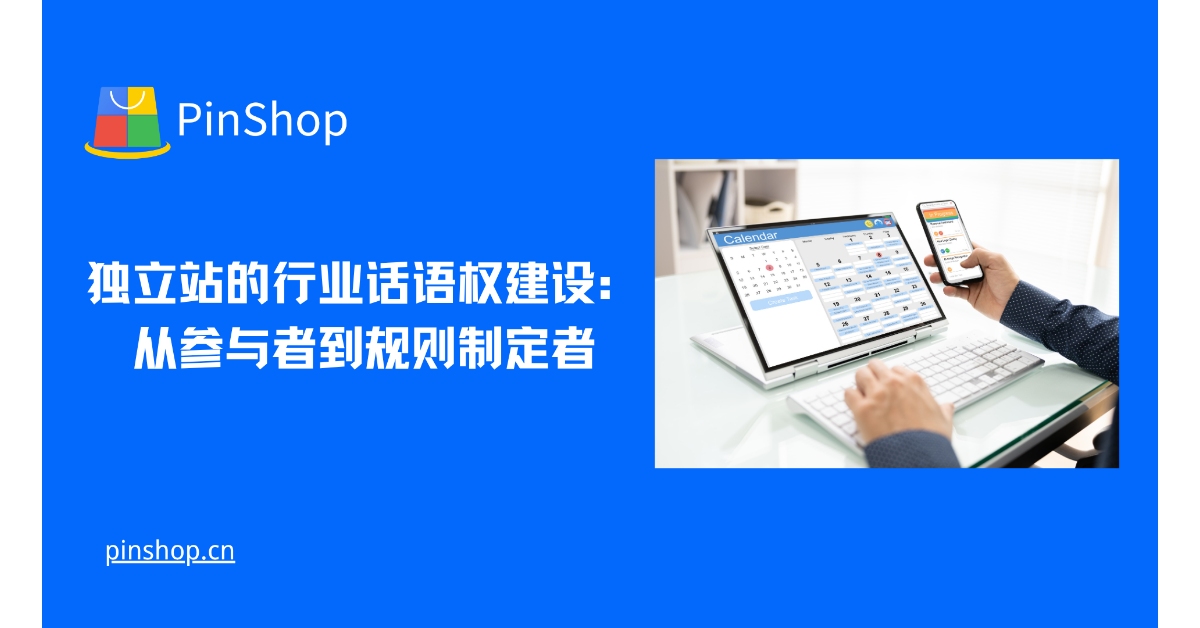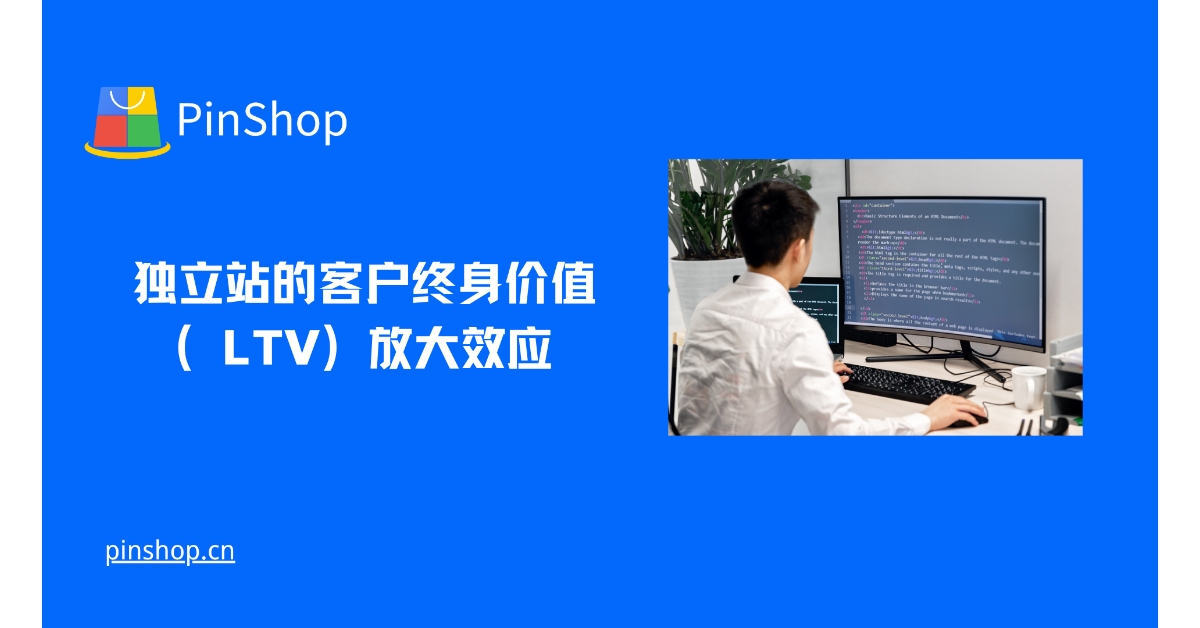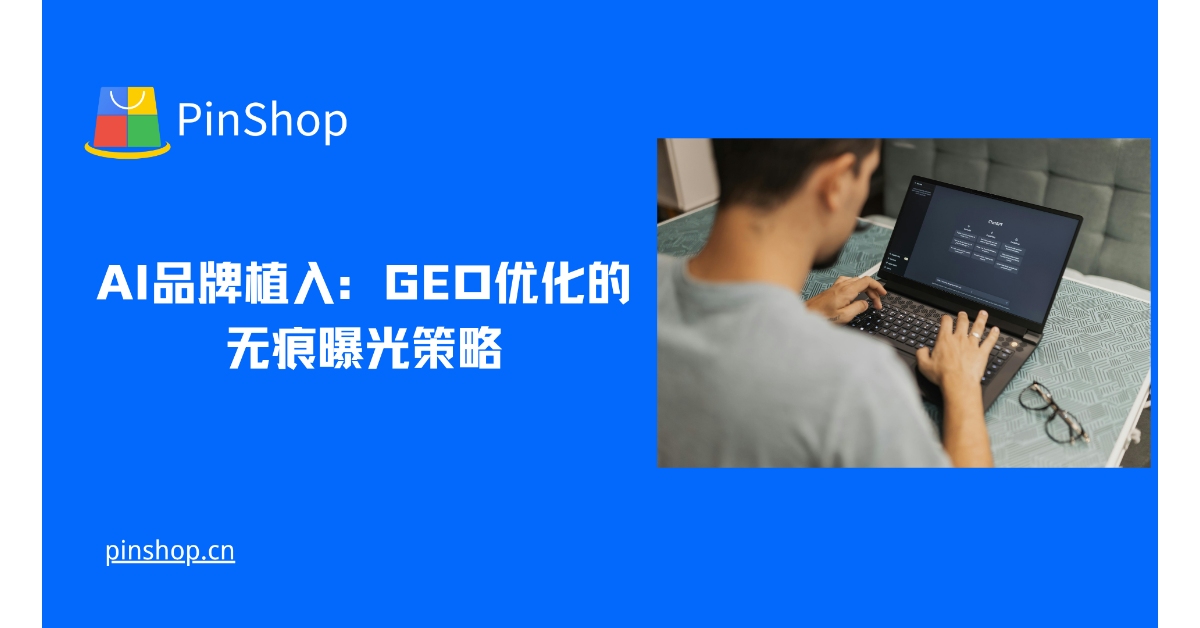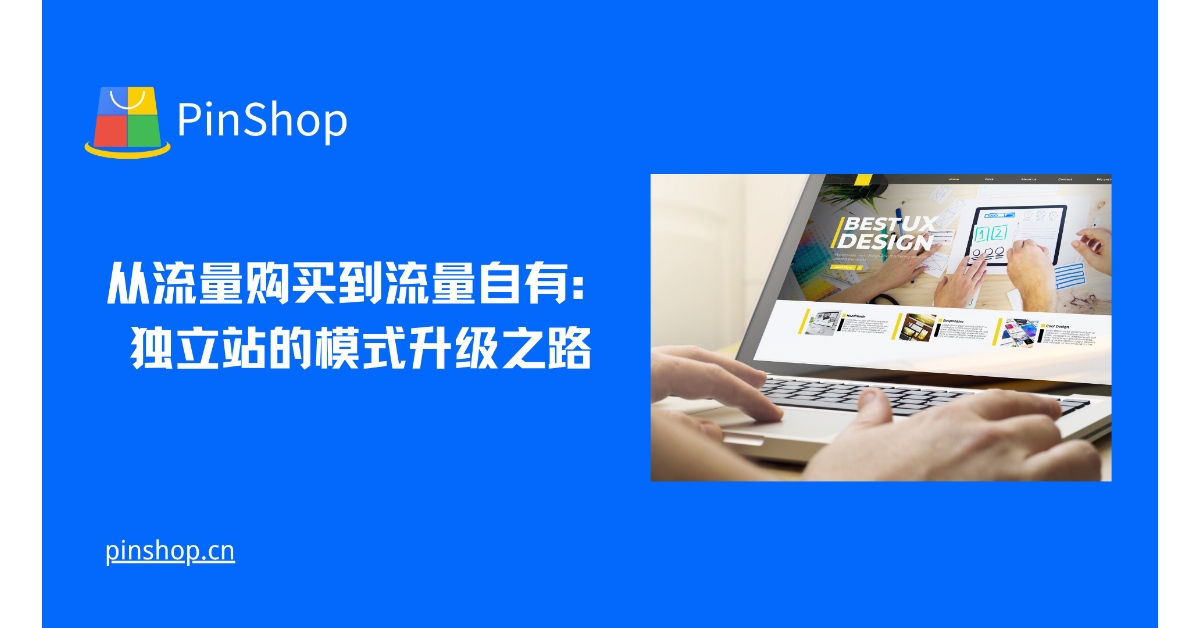Goal: Use an actionable page transformation checklist to transform "browsing" into "inquiry/ordering." Suitable for B2B/B2C foreign trade companies and independent brand websites.
Clarify conversion goals and evaluation criteria
First, unify your metrics: primary conversion (submitting an inquiry/order) and secondary conversion (downloading a specification, adding a quote, contacting via WhatsApp/email). Track conversion rates, form completion rates, and time spent on landing pages over a 7/14/28 day cycle. Avoid mistaking "aesthetically pleasing" for "effective" pages.
1) Put key buyer information on the front page
The first 800–1,000px of the homepage should include: a brief product positioning , key specifications (model/material/specifications/MOQ/delivery time) , commitments and evidence (certification number/warranty/sample policy) , and the primary call to action. E-commerce platforms can use a comparison chart to answer questions like "is it usable/is it worth it/how long will it take to arrive" in one place. This aligns with the Baymard Institute's product page research's emphasis on "reducing information friction " (readability, comparability, and visibility of key evidence).
2) Image/video/3D combination improves comprehension speed
Media matrix : main image (scenario) + detail image (scale/interface) + 15-45 second short video (unboxing/installation/application) + 3D model (rotation/explosion view).
Accessibility and search : ALT text speaks plain language (app and selling points), videos are subtitled; mobile side scrolling albums do not block thumbnails.
Information scent : Thumbnail naming is consistent with the title, helping users predict click-through rates and complying with Nielsen Norman Group’s “information scent” principle .
3) Transparency of pricing, delivery, and risk control information
Even if there's no price tag, the MOQ, pricing examples, sample/mass production lead times, international logistics and tariff information , and a "Download PI/Specification" section should be displayed. Transparency reduces back-and-forth communication and improves the quality of inquiries.
4) CTAs and Forms: Less is More
Primary and secondary CTA : Primary CTA on the first screen ("Get a quote/quick inquiry"), secondary CTA ("Download data sheet/book a video viewing").
Lightweight forms : Start with 3–5 required fields (email address/country/annual purchase volume/purpose), with optional fields collapsed; floating inquiry bar on mobile devices; automatic country and area code recognition.
Social proof : Display buyer reviews/partner logos/test report numbers near the CTA.
5) Structured Data and Visibility
Add Product/Offer to product pages, FAQPage to FAQs, and " HowTo " to tutorials/installation articles. Use BreadcrumbList . This helps search engines understand the page's entities and hierarchy, improving visibility. For more information, refer to Google Search Central's Product Structured Data Guide . Use "topic clusters" to link within your site (category page → model page → scenario/parameter/FAQ), creating a "information → action" path.

6) Performance and Experience: Speed is Conversion
Technical recommendations : Use React+Next.js's SSG/ISR and global CDN; inline key resources on the first screen, use WebP/AVIF images with adaptive sizes; and delay loading of non-critical scripts.
Key metrics : LCP ≤ 2.5s, INP ≤ 200ms, CLS ≤ 0.1. Faster responses can significantly increase form completion and return visit rates (can be continuously monitored using Lighthouse/CrUX).
7) Trust and Compliance: Reducing Procurement Risk Perception
Prominently display certifications and standards (such as CE, RoHS, REACH/test report numbers) , warranty terms , after-sales procedures , and sample and return information on product pages. Embed this "risk mitigation" information within the key takeaways and FAQs to avoid unnecessary searching. Follow the Nielsen Norman Group 's scannable layout to ensure the evidence is immediately visible.
8) Measure-Iterate: Make high conversion a replicable process
Tracking : Perform A/B analysis on the main image, title, CTA copy, and form fields; record the "inquiry quality score".
Attribution : Use UTM to standardize sources and review the performance of landing pages from different channels.
Knowledge base : Convert high-performance templates into reusable components (title template, parameter table, FAQ template, comparison table), and continue to expand to the same series of products.
CTA | Use Pinshop to build a system for high-conversion product pages
Pinshop is built on React + Next.js with SSG/CDN , offering native support for multilingual/ hreflang , 3D product display , automated SEO (structured data templates/internal links/sitemaps) , forms and hotspot analysis , componentized product page templates, and A/B analysis capabilities. Book a demo now to get your product page optimization checklist for your international trade website.

【Extended Reading】






